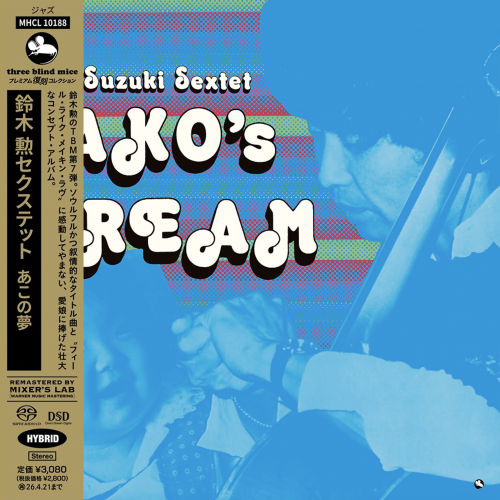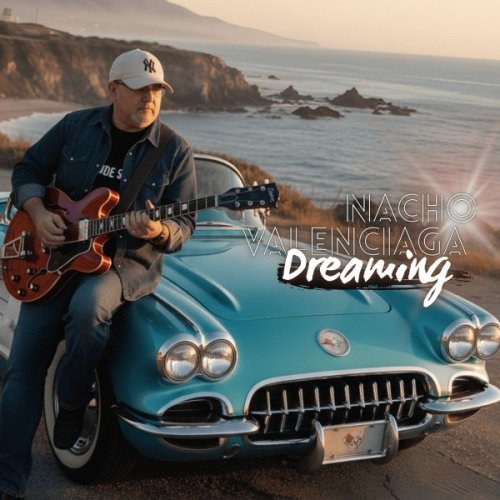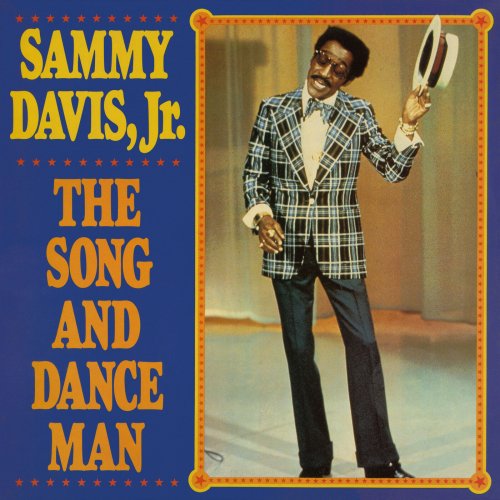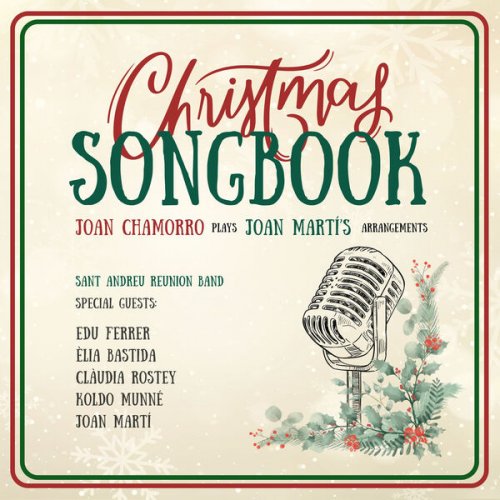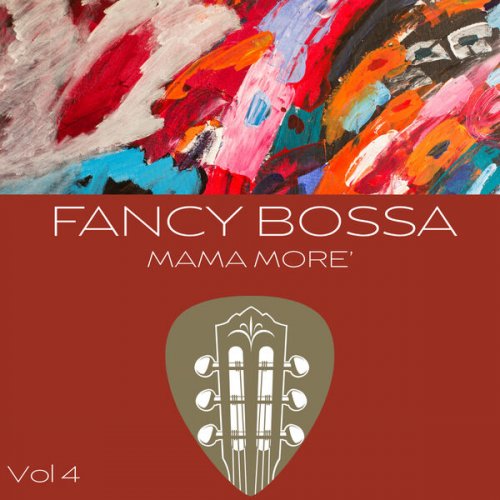Sankofa - The Uptown Strut (2012)
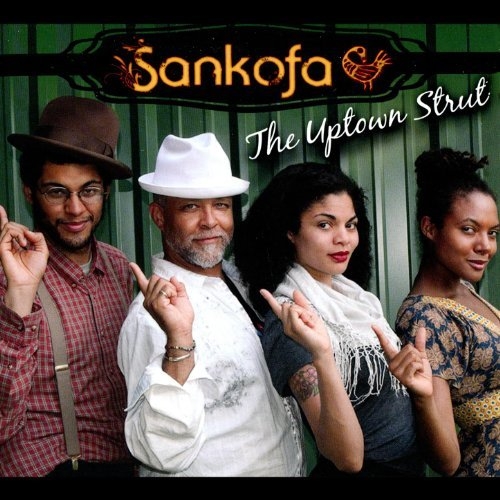
Artist: Sankofa
Title: The Uptown Strut
Year Of Release: 2012
Label: Kingswood Records
Genre: Blues, Folk Blues, Jug Band
Quality: Mp3 320 / Flac (tracks)
Total Time: 47:26
Total Size: 121/313 Mb
WebSite: Album Preview
Tracklist:Title: The Uptown Strut
Year Of Release: 2012
Label: Kingswood Records
Genre: Blues, Folk Blues, Jug Band
Quality: Mp3 320 / Flac (tracks)
Total Time: 47:26
Total Size: 121/313 Mb
WebSite: Album Preview
01. The Old Folks Started It (Ft. Dom Flemons & John Sebastian)
02. Ha-Ha Blues (Ft. Ndidi Onukwulu)
03. Weed Smoker's Dream (Ft. Sule Greg Wilson & John Sebastian)
04. If Wishes Were Gold (Ft. Allison Russell & John Sebastian)
05. It's A Good Thing (Ft. Dom Flemons & John Sebastian)
06. Can't Strain My Brain (Ft. Ndidi Onukwulu)
07. I Can Tell The World About This (Ft. Allison Russell)
08. Brown Skin Girl (Ft. Sule Greg Wilson)
09. What's The Use Of Getting Sober? (Ft. Sule Greg Wilson)
10. Jump Jim Crow (Ft. Sule Greg Wilson)
11. Sing Sing Prison Blues (Ft. Allison Russell)
12. Sitting In Limbo (Ft. Sule Greg Wilson, Ndidi Onukwulu & John Sebastian)
13. Don't You Make Me High (Ft. Allison Russell)
14. You Got Me Rollin' (Ft. Dom Flemons & John Sebastian)
15. Let's Go Get Stoned (Ft. Ndidi Onukwulu)
Sankofa, a group formed by musicians from the African diaspora, has released The Uptown Strut, an album that brings back old time jug band music and the sounds of the early 20th century with a modern twist. The Uptown Strut combines string band music, early jazz, folk, Gospel and blues.
Sankofa is the heir to an earlier band called Sankofa Strings, and includes Dom Flemons of the famous Carolina Chocolate Drops, Sule Greg Wilson and Canadian singers Ndidi Onukwulu and Allison Russell.
Sankofa Strings was originally videotaped in 2006 for inclusion in the award-winning jug band documentary Chasin’ Gus’ Ghost, a film that recounts a worldwide quest to assemble a comprehensive lineage to Gus Cannon, a fundamental musician in the history of American music. Sankofa Strings originally featured percussionist Sule Greg Wilson, multi-instrumentalist Dom Flemons and singer Rhiannon Giddens (Carolina Chocolate Drops).
In the 1920s, Gus Cannon directed Cannon’s Jug Stompers, one of the United State’s leading jug bands, whom played for sold-out crowds from Alabama to New York with a piece called “Minglewood Blues”. Cannon had a tremendous influence over late 1960s folk-rock bands. Four decades later, his era-defining tune was re-named as “New, New Minglewood Blues,” which appeared on the 1967 debut album by a San Francisco Bay Area jug band called the Grateful Dead.
Impressed by Sankofa Strings, Chasin’ Gus’ Ghost Producer/director Todd Kwait offered the band an opportunity to record an album at Nevessa Production in Woodstock, New York, a studio that specializes in recording acoustic orchestras. Three years later, the group took Kwait up on his offer.
Flemons and Wilson participated in the sessions. The third Sankofa Strings member, Rhiannon Giddens had just given birth to her first child and could not make it to the studio. The American musicians were joined in the summer of 2009 by the reputable Canadian singers, Ndidi Onukwulu and Allison Russell.
John Sebastian, founder of the legendary Lovin’ Spoonful, a very popular band in the late 1960s that drew inspiration from jug band music, and famed blues pianist Professor Louie, participated in the sessions. “While working together in the studio, I realized that all the members of Sankofa have a very deep understanding of music and heritage,” said Professor Louie. “As the sessions went on, I felt we all had the same love and understanding of this music.”
With The Uptown Strut, the talented instrumentalists and vocalists of Sankofa are showing the connections between early 20th century African-American music and the music of today. (Review by Angel Romero)
Sankofa is the heir to an earlier band called Sankofa Strings, and includes Dom Flemons of the famous Carolina Chocolate Drops, Sule Greg Wilson and Canadian singers Ndidi Onukwulu and Allison Russell.
Sankofa Strings was originally videotaped in 2006 for inclusion in the award-winning jug band documentary Chasin’ Gus’ Ghost, a film that recounts a worldwide quest to assemble a comprehensive lineage to Gus Cannon, a fundamental musician in the history of American music. Sankofa Strings originally featured percussionist Sule Greg Wilson, multi-instrumentalist Dom Flemons and singer Rhiannon Giddens (Carolina Chocolate Drops).
In the 1920s, Gus Cannon directed Cannon’s Jug Stompers, one of the United State’s leading jug bands, whom played for sold-out crowds from Alabama to New York with a piece called “Minglewood Blues”. Cannon had a tremendous influence over late 1960s folk-rock bands. Four decades later, his era-defining tune was re-named as “New, New Minglewood Blues,” which appeared on the 1967 debut album by a San Francisco Bay Area jug band called the Grateful Dead.
Impressed by Sankofa Strings, Chasin’ Gus’ Ghost Producer/director Todd Kwait offered the band an opportunity to record an album at Nevessa Production in Woodstock, New York, a studio that specializes in recording acoustic orchestras. Three years later, the group took Kwait up on his offer.
Flemons and Wilson participated in the sessions. The third Sankofa Strings member, Rhiannon Giddens had just given birth to her first child and could not make it to the studio. The American musicians were joined in the summer of 2009 by the reputable Canadian singers, Ndidi Onukwulu and Allison Russell.
John Sebastian, founder of the legendary Lovin’ Spoonful, a very popular band in the late 1960s that drew inspiration from jug band music, and famed blues pianist Professor Louie, participated in the sessions. “While working together in the studio, I realized that all the members of Sankofa have a very deep understanding of music and heritage,” said Professor Louie. “As the sessions went on, I felt we all had the same love and understanding of this music.”
With The Uptown Strut, the talented instrumentalists and vocalists of Sankofa are showing the connections between early 20th century African-American music and the music of today. (Review by Angel Romero)
![Afrodream - Guiss Guiss (2025) [Hi-Res] Afrodream - Guiss Guiss (2025) [Hi-Res]](https://www.dibpic.com/uploads/posts/2025-12/1765638325_a2717494732_0.jpg)
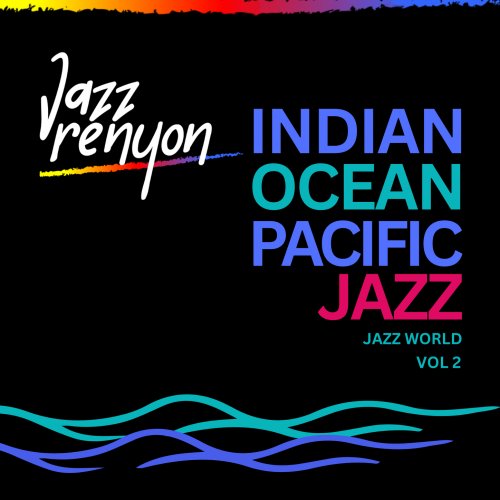
![Amira Kheir - Black Diamonds (2025) [Hi-Res] Amira Kheir - Black Diamonds (2025) [Hi-Res]](https://www.dibpic.com/uploads/posts/2025-12/1765640459_tf7wrmc9lqmqc_600.jpg)
